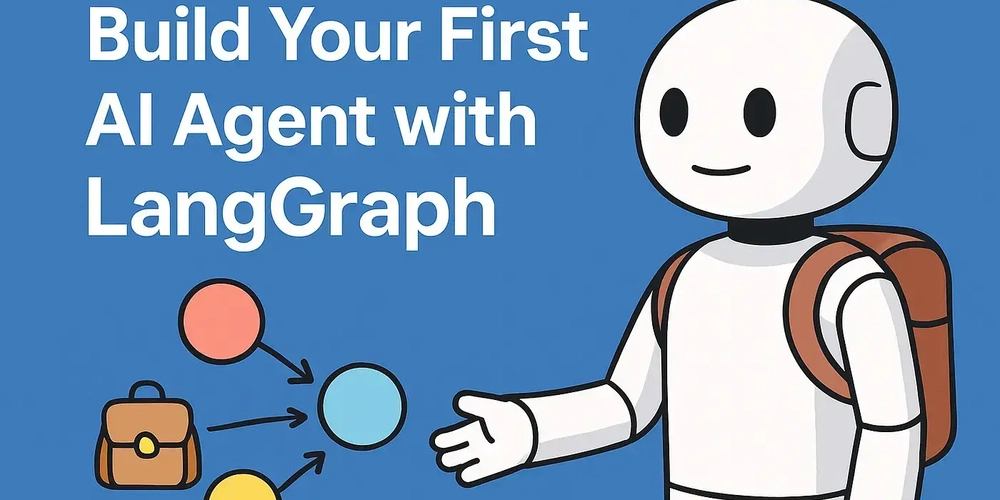
Taming LLMs: How to Successfully Integrate Language Models into Production Applications
The world of Large Language Models (LLMs) can seem daunting. But integrating LLMs into your applications doesn't have to be a nightmare. This guide provides practical steps and helps you integrate these powerful tools effectively.
Why Integrate Large Language Models?
LLMs offer incredible potential for your applications:
- Enhanced Natural Language Processing: Understand user intent better than ever before.
- Automated Content Generation: Create engaging content quickly and efficiently.
- Powerful Data Analysis: Extract insights from complex datasets with ease.
Best Practices: Your LLM Integration Guide
Follow these best practices to ensure smooth and impactful LLM integration.
1. Select the Right Model for Your Needs
Choosing the right LLM is crucial. Consider these factors:
- Application Requirements: What specific tasks will the model perform?
- Model Capabilities: Does the model excel in the areas you need?
- Computational Costs: Can your infrastructure handle the model's demands?
- Licensing and Pricing: Understand the long-term financial implications.
Pro-Tip: Start with a smaller model and scale up as your needs evolve. It’s better to start small and right than to over-invest upfront.
2. Data Preprocessing is Key
Prepare your data meticulously for optimal LLM performance.
- Remove Irrelevant Information: Eliminate noise that can confuse the model.
- Standardize Formats: Ensure consistency for efficient processing.
- Handle Missing Data: Implement strategies for dealing with incomplete information.
- Tokenization and Encoding: Format your data in a way the model can understand.
3. Fine-Tune for Superior Results
Customize pre-trained models for your specific use case.
- Use Domain-Specific Data: Train the model on data relevant to your industry.
- Adjust Hyperparameters: Optimize the model's settings for peak performance.
- Transfer Learning: Leverage existing knowledge to accelerate training.
Avoid overfitting to prevent your model from simply memorizing data instead of learning.
4. API Management: Handle with Care
Treat LLM APIs with respect and implement robust strategies:
- Implement Error Handling: Anticipate and manage potential problems.
- Use Rate Limiting: Prevent overloading the API and avoid service disruptions.
- Cache Responses: Reduce API calls and improve response times.
- Queue Systems: Manage high traffic loads efficiently.
5. Continuous Monitoring is Essential
Monitor your LLM's performance closely after you get your language model in production.
- Log Inputs and Outputs: Track model behavior for analysis.
- Set Up Alerts: Get notified of unexpected issues or performance degradations.
- Regularly Review Logs: Identify trends and potential problems.
6. Ethical Considerations: Be Responsible
Integrate LLMs ethically and responsibly.
- Be Transparent: Disclose AI usage to your users.
- Implement Safeguards: Protect against biased or inappropriate outputs.
- Respect User Privacy: Adhere to data protection regulations.
- Consider Environmental Impact: Be mindful of the energy consumption of your models.
7. Scaling for Growth
Prepare your infrastructure for increased demand.
- Scalable Architecture: Design your system to handle growth from the beginning.
- Serverless Options: Utilize serverless computing for flexible scaling.
- Load Balancing: Distribute traffic evenly across resources.
- Viral Contingency Plan: Create a plan for handling rapid spikes in traffic (both positive and negative).
The Importance of Human Interaction
Never forget the human element when integrating LLMs.
- Intuitive Interfaces: Design user-friendly interfaces for seamless AI interaction.
- Clear Explanations: Communicate AI capabilities and limitations clearly.
- Team Training: Equip your team with the knowledge to work with AI systems.
- Foster Learning: Encourage continuous learning and adaptation.
Integrating LLMs into production apps empowers you to build more intelligent and engaging applications. Start small, learn constantly, and always keep the user experience in mind. By following these best practices, you can successfully integrate Large Language Models and unlock their full potential.



















